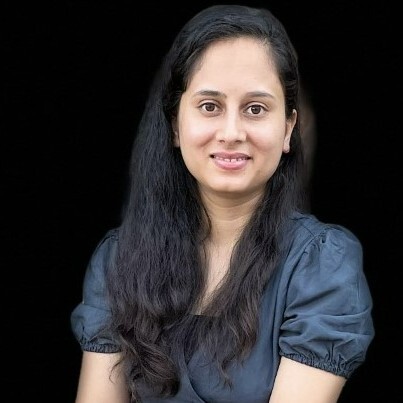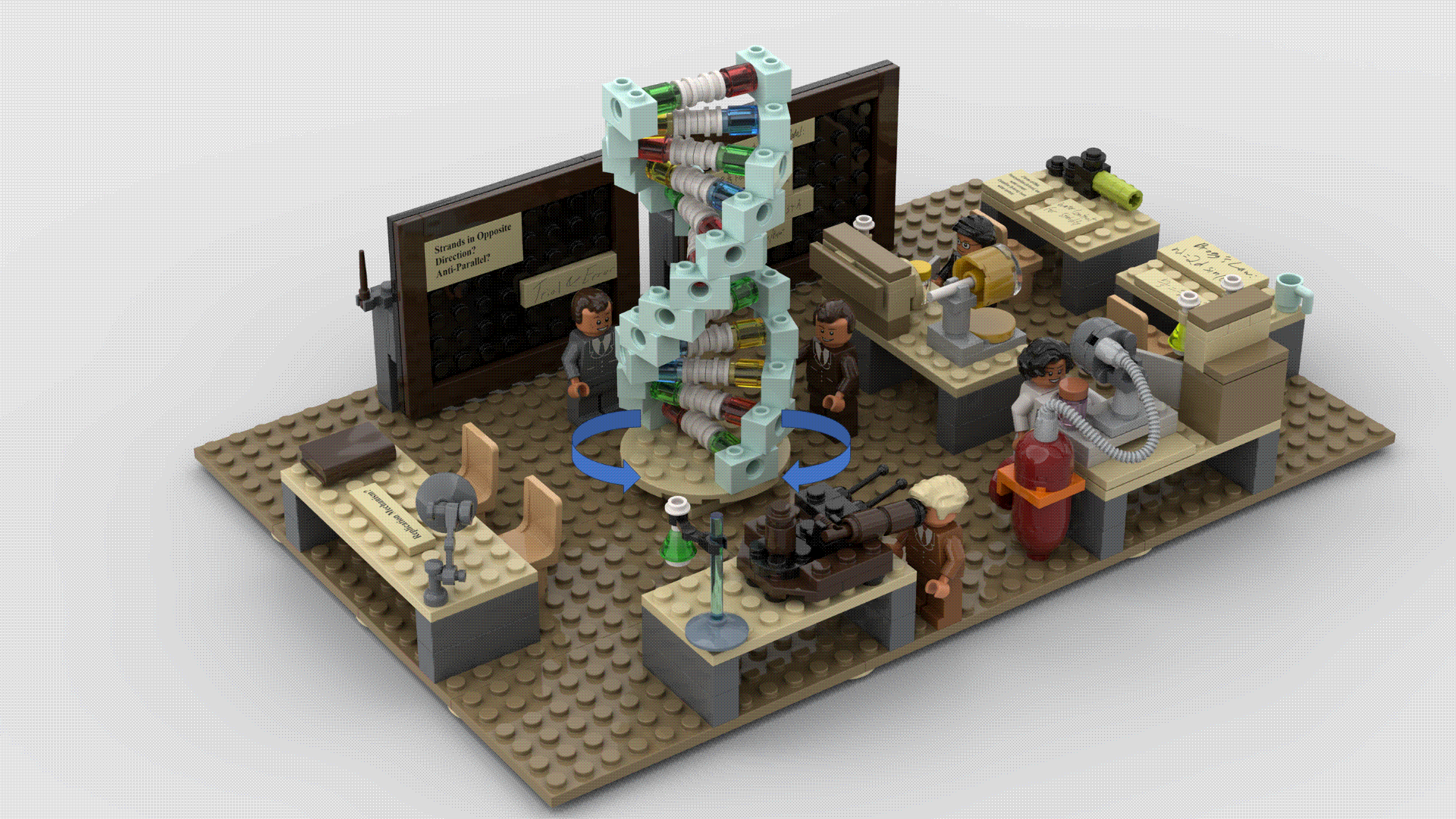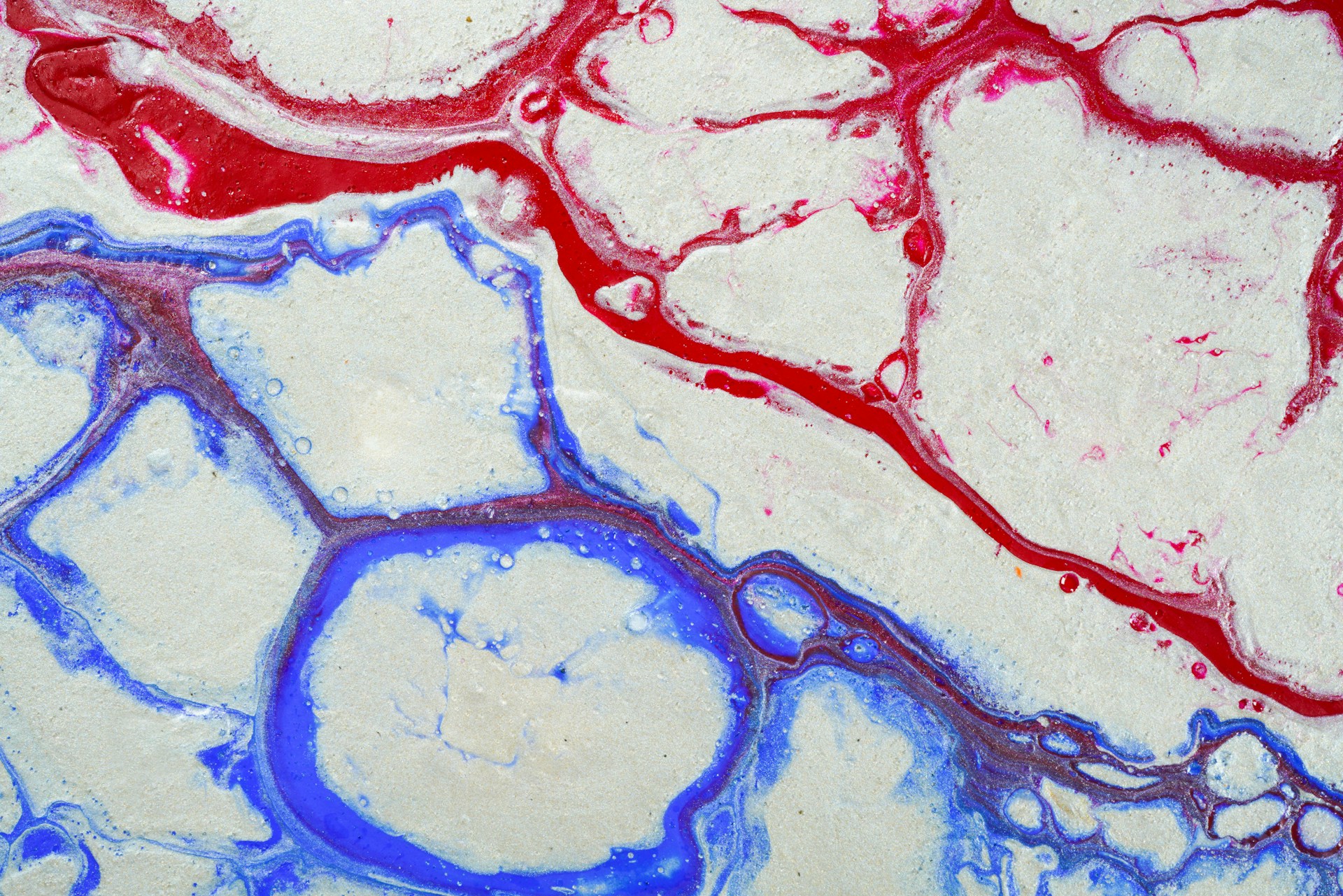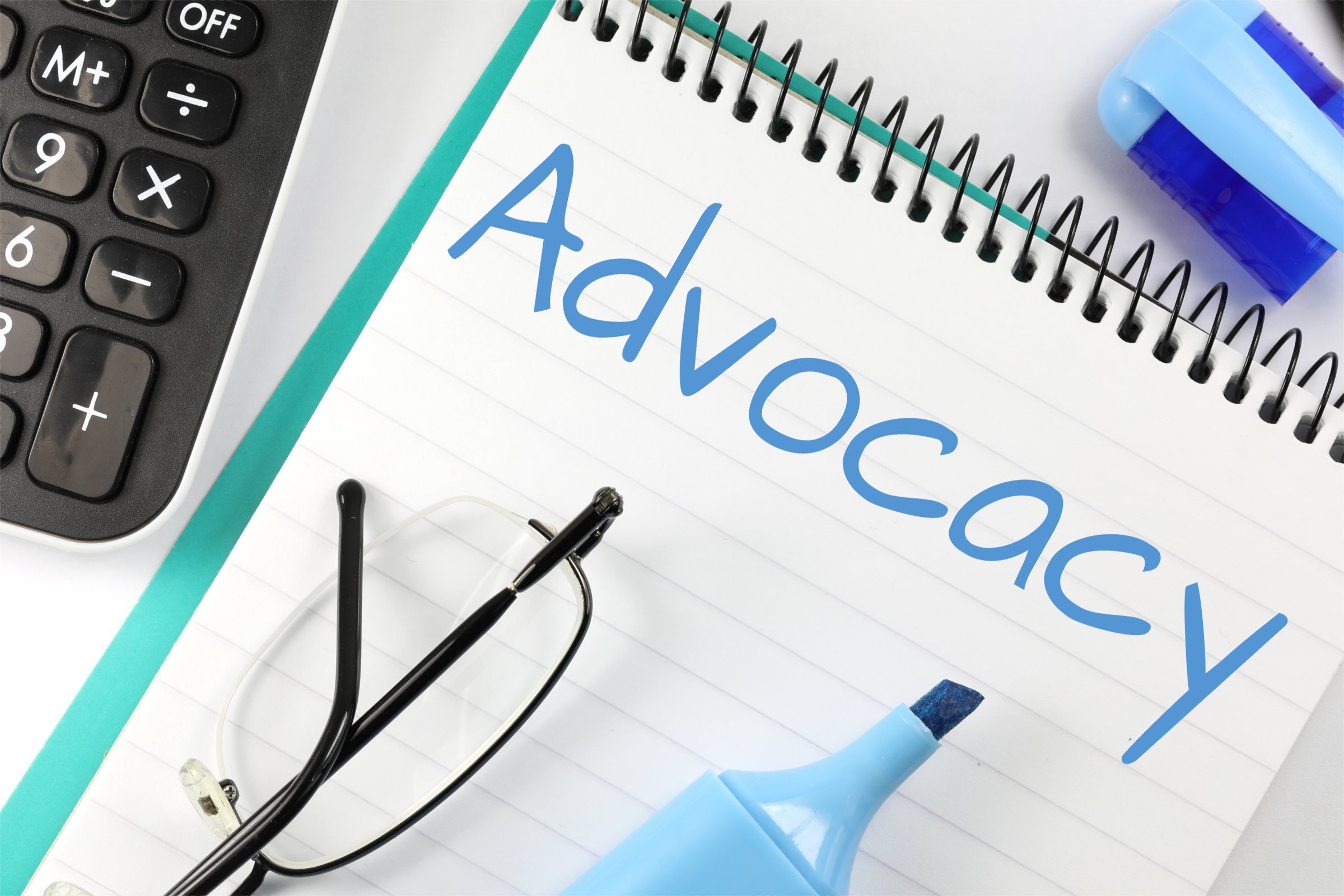Reporters search for headlines within the stories that ebb and flow in our world. But what happens when reporters encounter health lines? That’s the kind of question that health reporters regularly encounter. They balance between fact and fiction and walk a thin tightrope to captivate their audiences without misrepresenting the truth behind the science.
They also recognize that storytelling can be a key instrument for succeeding in their craft. Peoples across civilizations have told stories to captivate their audiences and share truths for future generations. Mass media platforms, such as the TV, merely augment a story’s reach to millions of viewers worldwide.
Erika Edwards, health reporter at NBC News, is well-positioned to speak further on this topic. And At the World Antimicrobial Resistance Congress, we had the privilege of hearing from a science communicator who harnessed the power of the word on TV. Amid her efforts to report on diverse health topics, she encountered the looming antimicrobial resistance (AMR) crisis.
And in this interview, we will unpack this looming threat and the need for immediate public attention to this topic. Discover through this interview how Erika uses her voice to bring critical health issues into the spotlight and inspire change. Stay with us until the end and experience the benefits of science communication on full display.
Thank you to Nicole Szabo for conducting the interview at the 2024 World AMR Congress!
The Interview
NS: Hi Erika, Thanks for joining us today. We are excited to discuss your career journey and how you used your journalistic capabilities to advocate for antimicrobial resistance. Let’s start with your introduction.
EE: Thanks for having me here. My name is Erika Edwards. I am a health reporter with NBC News. For many years, I pursued journalism on television before I transitioned into online writing. You can check out the stories I’ve written at the NBC News website.
NS: You were a prominent figure on TV for NBC News. What prompted your shift into online reporting?
EE: In short, I felt like it was time for me to make this shift. Television provided a broader reach, but I also wanted to focus on more in-depth reporting. As I already spent many years reporting on TV, it became a good time for me to jump into online reporting and gain experience writing on a digital platform.
NS: Now that you’ve been an online reporter for a while, what do you find are the deciding metrics for picking the stories you want to share in your current role? Could you walk us through deciding which stories need more attention?
EE: First, I’m drawn to stories that depict people or animals in an emotional way These are known as human interest stories. At the World AMR Congress, I attended a panel discussing antibiotic-resistant tuberculosis cases. Those kinds of case reports captivate me because they deeply resonate with our readers.
I am also drawn to stories of new discoveries in the fight against AMR. I will often look for emerging studies, attend conferences presenting new research, and identify any developments that push the story of AMR forward — like recent cases of antibiotic-resistant infections.
Another thing that helps me is to talk to doctors directly. I speak with doctors daily and constantly ask them about the latest trends they’re seeing, whether there’s a shortage of antibiotics or antimicrobials or noticing an increase in unusual bacteria. Many of my stories originate from these casual conversations. It’s not just about the papers and research; it’s also about those personal connections you make with health experts.
NS: You mentioned that building personal connections is something you value alongside research. How do these connections influence the stories you create?
EE: The human connection and the stories are crucial. It helps me understand their passion and the effort they put into their work. They’re also smart, and I love the “nerd talk” that arises from our conversations. I find it rewarding because I will always learn something new every day. That’s what keeps me going.
NS: Reporting the latest health news can be difficult, especially given the age of scepticism in social media. What’s the biggest challenge you have encountered when reporting about AMR?
EE: One of my goals is to help people understand how severe AMR is and how it can be tackled without distorting the facts. Striking that balance while creating an exciting story that people would appreciate then becomes the hardest part of AMR reporting. Drawing people’s attention to such a technical term isn’t easy, let alone helping them understand the ramifications of AMR. I’m not the only one wrestling with this either. I attended the World AMR Conference and received the same response from other scientists who attended.
NS: Considering the challenges you’ve encountered, what trends have you observed with the public’s reaction to the AMR crisis?
EE: The trend is a bit complicated. Physicians are interested in learning about the new research and development happening in AMR. The public, however, are somewhat aware of what AMR is and what it can lead to, but I also see a lot of them taking antibiotics for the sniffles.
Furthermore, patients prescribed an antibiotic commonly do not follow through on the instructions, stopping medication as soon as the symptoms get better. I believe people “know” what antibiotic resistance is but do not “understand” how their actions can worsen the AMR crisis. This issue is amplified with the misinformation that circulates from less reputable sources.
NS: Thanks for sharing the public’s and physicians’ view on the AMR crisis. You mentioned the misinformation the public might have and a lack of understanding about AMR. What is the role of internet accessibility, with its information overload, in this?
EE: That is an excellent question. With the overload of information on the internet and the advent of AI, once people start searching for something online, the algorithm picks it up and exposes people to even more information. Audiences try to search for information on reliable websites. However, many times, people do not seek information from experts; they get their information on social media. As they gather information from social media, the algorithms will expose them to more of the same content. That creates a vicious cycle of receiving misinformation that will make AMR that much harder to fight.
This is where I believe that science communication is necessary. The right approach is to educate people without condescending them, understand their thought processes, and guide them through them based on facts.
NS: Since people now have access to online information, what’s the hardest part of sharing a real scientific story with a human touch?
EE: Biotech companies develop therapeutics based on research. But the impact of their research is not immediate. With all the clinical trials and approvals required, it can easily take a drug 20 years before it enters the market. This is the best-case scenario because the drugs do not get approved to be released in the market most of the time. This is a complex story for people to understand. When people do not see the drug being approved, they never hear about it again. Therefore, it is complicated to build trust with the audience for any given therapeutic.
Nonetheless, there are still ways to connect with the audience: by sharing personal stories. Stories close to home give complex topics like AMR a human touch that people can connect to. I had a conversation with a microbiologist whose family member was receiving treatment for Methicillin-Resistant Staphylococcus aureus (MRSA). He explained that it was difficult for him to grasp the situation and secure a clear prognosis. People like this microbiologist have been on both sides of the story. The disease has affected them, and they understand the science behind it. That not only shows how close to home AMR can be for people but also makes scientists more relatable.
In addition, I ask scientists to explain AMR to me like they would explain a five-year-old. It is not about dumbing down the information because people are less smart than others. Rather, it’s about translating the research in ways that people who need to hear the story can understand it.
NS: How else do you encourage scientists to translate information on AMR without jargon?
EE: I ask a lot of questions. I understand that when scientists want to share accurate information, they feel compelled to use scientific jargon. Whenever they use a word I do not know, I ask about it. I also keep the conversation very light and collaborative in tone. Therefore, I shifted the conversation towards being more casual, as if I met them at a party and asked, “Hey, what’s new in your lab?”
NS: How does science communication benefit researchers and the public?
EE: Science communication is crucial to public health. The pandemic was a testament to that. Science communicators are essential for translating complicated science into a language that policymakers, funding bodies, and consumers can understand. Researchers work hard to improve life, but it is through science communication that this knowledge can be distributed. This will help people understand the ways they can help fight AMR, such as not misusing antibiotics. This also helps funding bodies understand how essential funding is for research projects and how it impacts the public.
NS: For the aspiring science writers, would a science degree be required to be in this field?
EE: A science degree is not necessary, but it does help. In June 2005, I was covering Michael Jackson’s trial, and the next week, I was assigned to cover something medical. However, I do not have a formal science degree. As such, I sought help from the local doctors to understand the basics. I learned the difference between Phase 1 and Phase 3 clinical trials, how to read figures, and where to find the correct information.
Since then, it has been a constant learning path for me. To succeed without a science background, one needs passion and curiosity. Owing to my journalism background, I know how to ask the right questions and use them for medical projects. Having people from a science background in a group is always beneficial, as they might help with the fact-checking and make things move forward smoothly. A cross-functional team comprising scientists and non-scientists would then provide the best of both worlds – science background communicators can help with the accuracy. In contrast, non-science background communicators can help keep the scientific jargon in check and give the story a human touch. Altogether, science communicators play a huge role in bridging the gap between research and society, whether you have a science degree or not.
Authors
-

Divya is a dedicated research analyst passionate about uncovering actionable insights that drive innovation in the life science industry. She brings PhD-level expertise as a researcher, technical writer, and project manager to write for GenoWrite. Her core competencies include data analysis, market research, and strategic recommendations. She is proficient in using advanced analytical tools and methodologies to uncover trends and insights that drive decision-making and innovation.
View all posts -

Paul Naphtali is a seasoned online marketing consultant. He brings to the table three years of online marketing and copywriting experience within the life sciences industry. His MSc and PhD experience also provides him with the acumen to understand complex literature and translate it to any audience. This way, he can fulfill his passion for sharing the beauty of biomedical research and inspiring action from his readers.
View all posts




